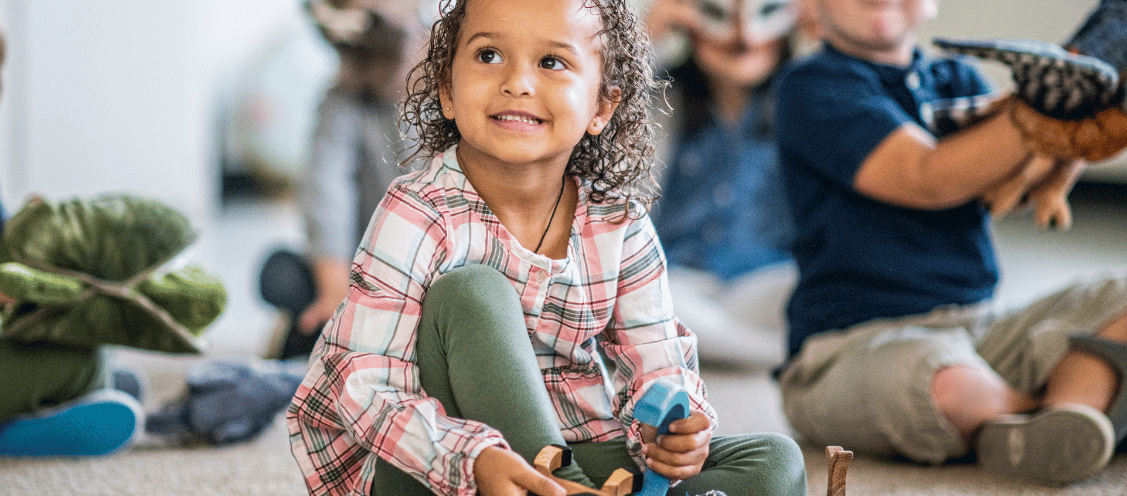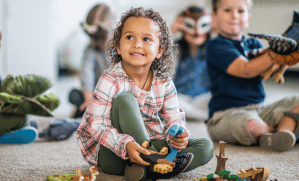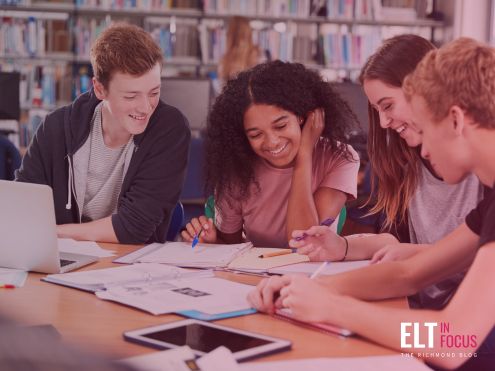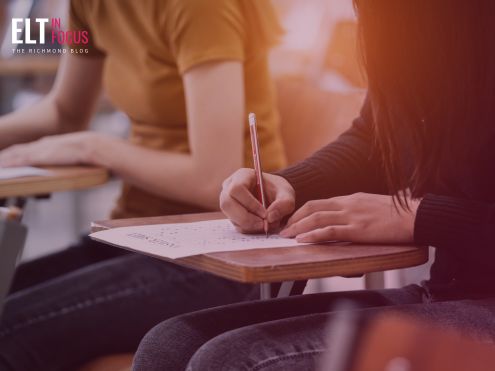‘Realia’ refers to objects used as teaching aids . As we will see, realia can take various forms but the most important thing is that it stimulates interest by its unfamiliarity.
Perishable Realia
Realia can take the form of food or drinks. A teacher of mine based a lesson on brewing and drinking Turkish tea, for example. Similarly, you could bring in a variety of fruit that your students are not familiar with and get them to describe its appearance, texture, taste and smell. Snacks and sweets can make very popular realia but if you are dealing with minors make sure you are fully aware of all allergies and dietary restrictions before giving them anything to eat or drink.
Non-perishable Realia
Another sort of realia are objects that you take into more than one class because they don’t get consumed by the students. This can be anything from a bar of scented soap to a kitchen utensil. For realia that smell, the best option is to hide any indication of what the smell is meant to be so that the students have to guess the scent. For example, you could give each student the opportunity to sniff the realia and then write down what they think it is.
My favourite type of realia are unfamiliar objects that students can handle. Again, you have to be careful selecting these. Avoid objects that are brittle or fragile. Avoid objects that are of value. Avoid realia that could cut or injure your students. Some of the best realia consists of kitchen utensils (but not knives!) and other tools that your students are unlikely to have seen before. An egg-poaching pan, grape scissors or a carpenter’s pencil are good examples. The class can handle and examine the object and try to work out what it is (or was) used for.
For a generation that have grown up handling almost nothing but plastic, objects made of metal, wood, horn or leather can be fascinating. Even something as familiar for anyone over 35 as a film camera or a typewriter can be mesmerizing devices for those born this century. Our 10-year-old nephew was intrigued by a cassette and a cassette-player!
Collecting Realia
Most examples of useful non-perishable realia are likely to be second-hand. Take the opportunity to visit a flea market when the chance arises (you may also find realia on eBay and similar websites). Today I was at a flea market in Madrid and I had the opportunity to buy not only old-fashioned cameras, opera glasses and a cow’s skull but also a moustache-care set, a military helmet and even a gasmask. Any of those items would make for a memorable class.
This mentality is, of course, especially important when visiting an English-speaking country because you are much more likely to find realia that doesn’t exist in the students’ native countries.
Also, remember that not all realia is necessarily manufactured. A piece of fleece, a shell, a specific type of rock or an animal’s horn could all be realia, too!
Written Realia
Another sort of realia is pamphlets, programmes, flyers and leaflets written in English. These obviously don’t have the same tactile or olfactory value as the realia mentioned above but they can still make an exercise much more ‘real’.
For instance, it is much more motivating having to role-play buying a train ticket using a real train timetable from a specific town than just pretending. Trying to convince a friend to come with you to a zoo is a much more ‘real’ activity if you have an English-language promotional leaflet from a real zoo, etc.
Although they won’t be as interesting as the real thing, some leaflets, etc. will be available as PDFs to print out, so you don’t necessarily have to get them from abroad.
Consider laminating irreplaceable paper realia. This can mean that it loses tactile value – think of foreign banknotes – but it will last a lot longer.
Virtual Realia
Finally, there’s ‘virtual realia’, which is becoming increasingly popular in the TEFL- world.
‘Virtual realia’ refers to pictures on screens of interesting objects. If you believe that the value of realia is that it incorporates our minor senses – smell, taste and/or touch – then virtual realia does not cut the mustard. Of course, you can have a very interesting class activity involving objects seen from unusual angles, magnified many times and so on but it is not ‘real’ realia, as far as I am concerned. But that’s just my opinion!
Feedback Questions
- What is your ideal piece of realia?
- Can you remember realia you were exposed to when first learning English?
- Did it grab your attention?









